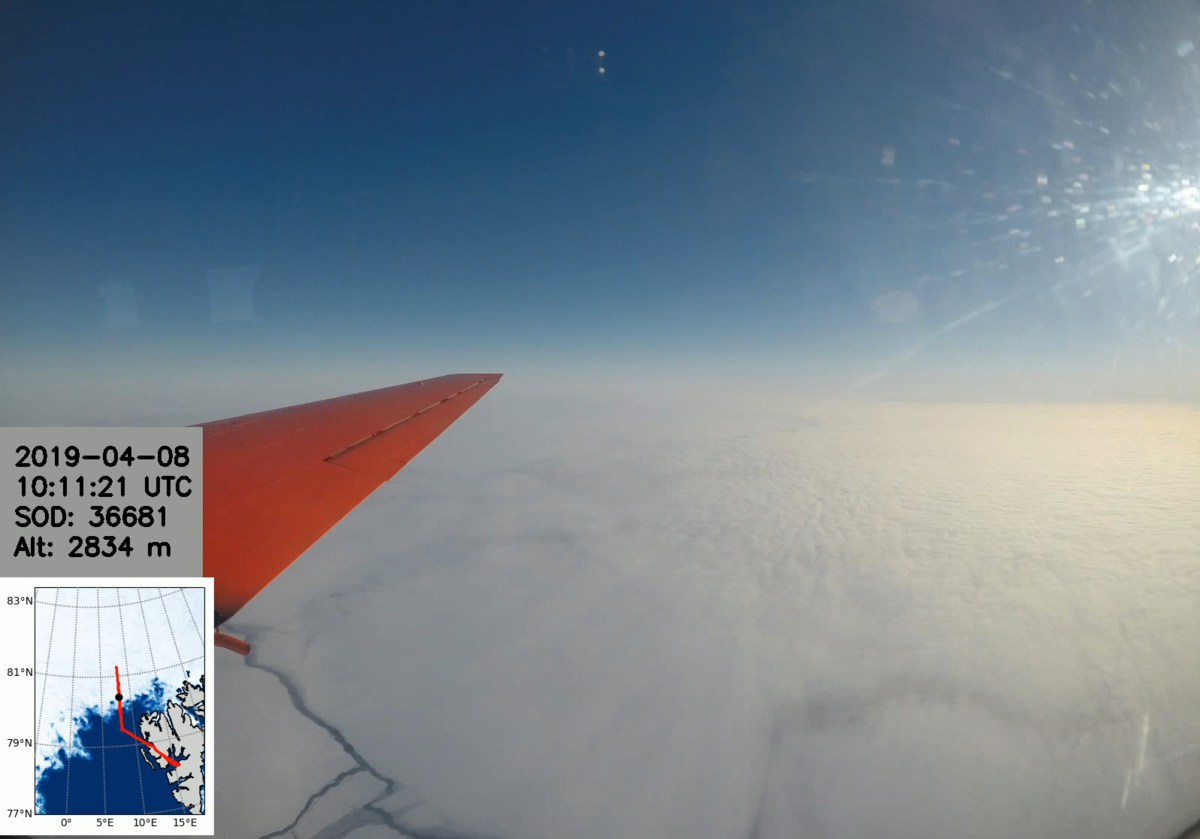Solar radiation is the major source of energy that drives our weather and climate. Interactions with atmospheric constituents (e.g., cloud and aerosol particles) and the Earth’s surface transform the solar radiation partly into long-wave (terrestrial) radiation due to absorption processes. This complex interplay of solar and terrestrial radiation is of major importance to understand the energy cycle in the climate system of our Earth.
Research profile
Ground-based and airborne measurement techniques are applied to study the interaction of atmospheric radiation with clouds and the Earth‘s surface. For that purpose, imaging and non-imaging spectrometers are used for remote sensing applications and to quantify the radiation energy budget. Radiative transfer models represent our major tool to interprete our measurements and to improve retrievals of cloud and surface parameters.
Research focus
- Role of clouds and surface properties for Arctic Amplification
- Interactions of radiative energy fluxes and cloud evolution
- Identification and effects of phase transitions in clouds
- Improvement of passive remote sensing - spectral and directional
